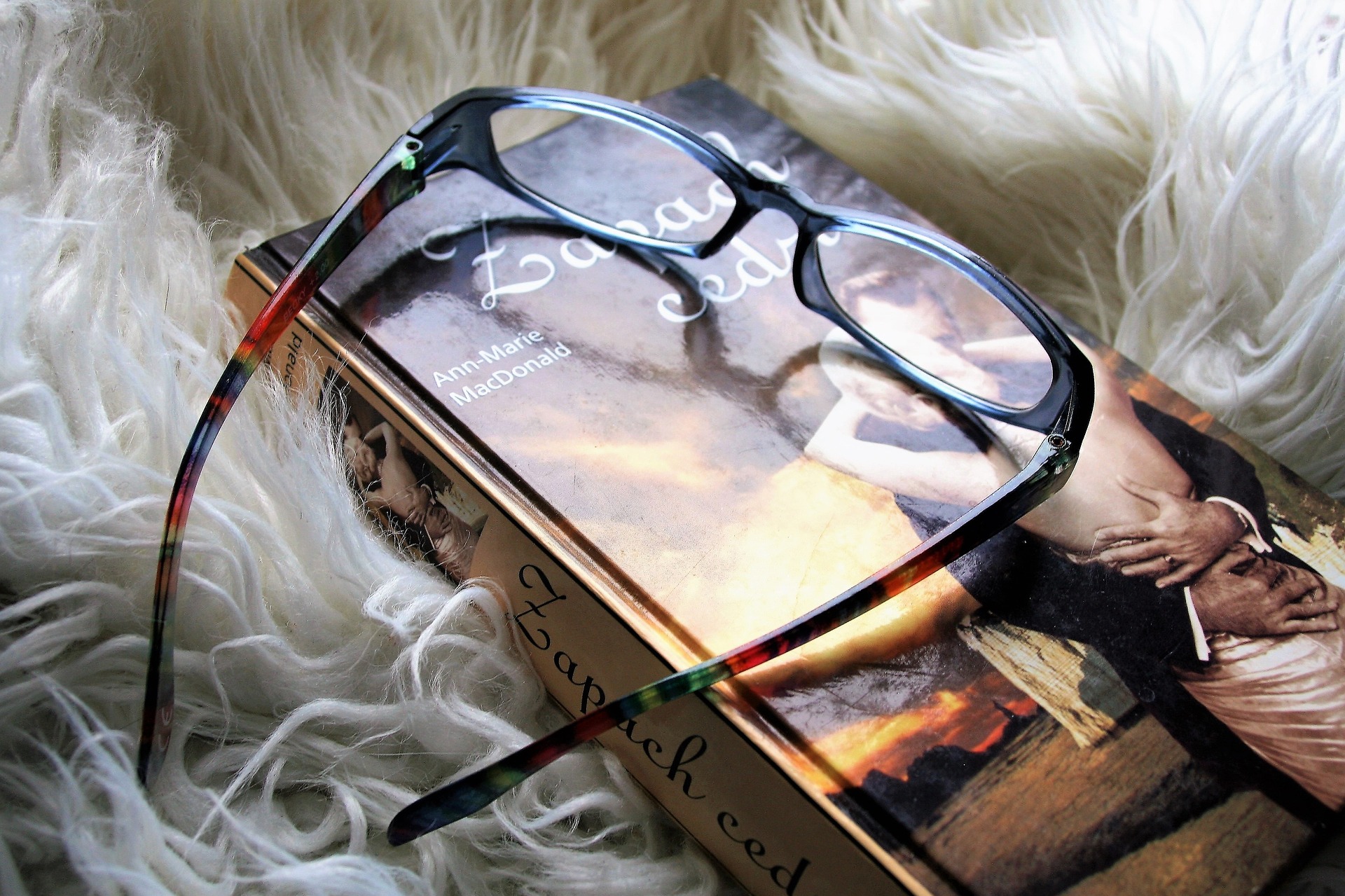
Probably everyone has been in this situation – you are in the book store, walking down the aisles of books. You gaze at countless books on the shelves when one of them catches your eye. Why do you think that is?
There is an entire science behind making book covers, and publishers use various techniques to make their books stand out to potential readers. A cover should give readers an idea about what the book has to offer when they simple glance at it, and knowing how to make a book cover that will stand out is crucial.
Here are a few tips to help you the next time someone entrusts you with designing a book cover.

Once potential readers take a book in their hands, the title should immediately tell them what the book is about. Searching for a title is a big ‘no-no,’ which is why it should be at the center of the cover, clearly legible and easily visible.
For the title to be visible, consider using a font that is in contrast with the background image (the same applies to the font color). Titles also typically come in capital letters because this helps them stand out. The typography should be unique and eye-catching, and investing in a custom font definitely pays off.
When readers want more information about the book after having read the title, they turn to subtitles which also play an important role in luring in potential readers. Ideally, the subtitle font should be different than the one assigned to the title, and the font should be smaller. The subtitle is not to draw all the attention from the title, but to highlight it and add some extra information. Additionally, subtitles should not be too long, but clear and concise, as they are teasers, and should not reveal too much.

The book cover should “pop,” meaning that the elements on it should be contrasted to attract attention. If you are considering using a photo, it should be of the highest available quality, with bright colors and perfectly balanced brightness/saturation.
If you decide to use vectors instead of photos, you should pick a high-resolution vector, as well. These vectors should be representative of the book’s topic, and they can feature many different elements and designs to illustrate the contents of the book.
Choosing the most appropriate color for a book cover plays maybe the most significant role in the whole design process – after all, color psychology is a science on its own as it has been proven that different colors have a different impact on people’s emotions and behavior.

Book covers are either black or white, or they feature a combination of two or three different colors (because this is the optimal number of colors for achieving the best results).
Black is considered to be a grave color and is usually used for mystery, horror, or thriller books. White symbolizes something clean, innocent and simple. Blue is the color of calmness and thoughtfulness, typically used for memoirs. Yellow exudes happiness and optimism, and you can see it on self-help or motivational books. Green stands for nature and is an excellent option for health books. Red depicts passion, power and energy, and it is usually seen on romance books.
Copyright 2019 - Startup WordPress Theme.